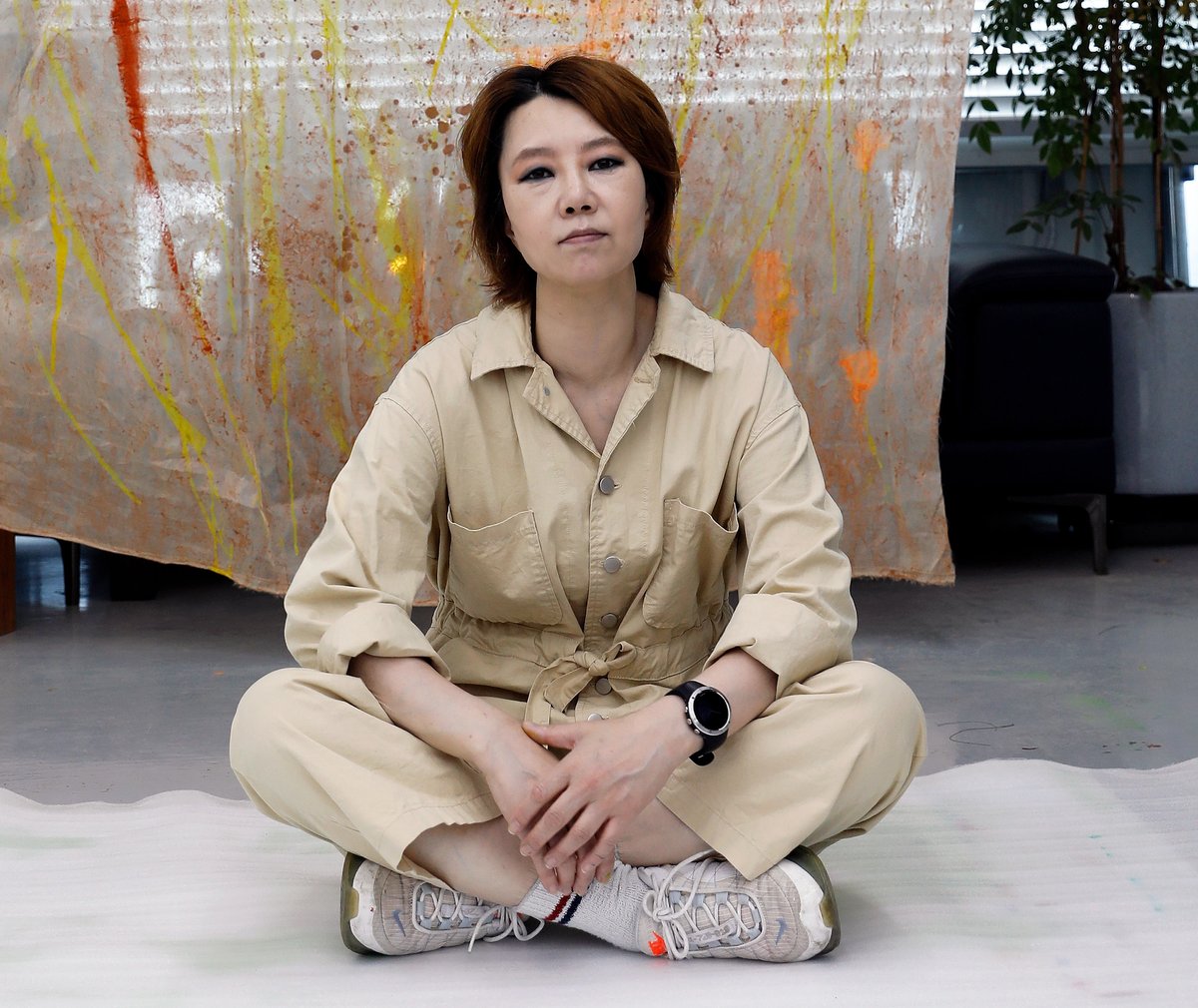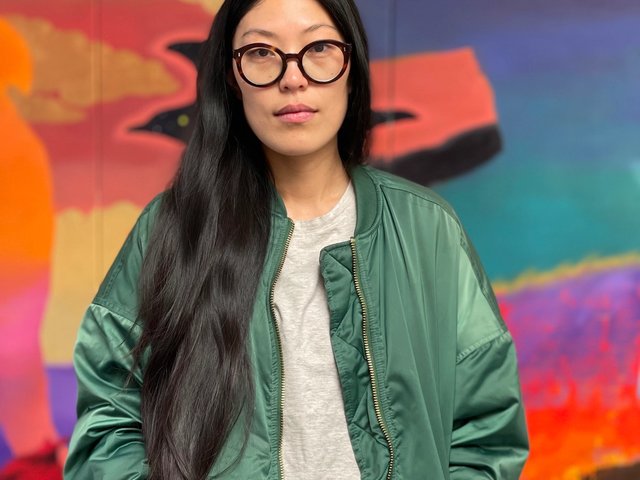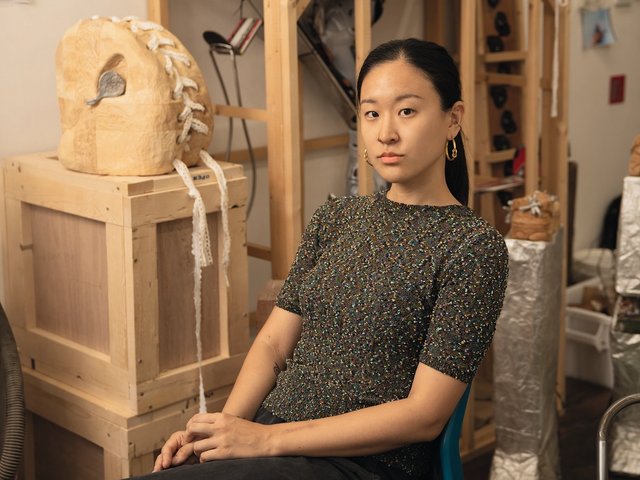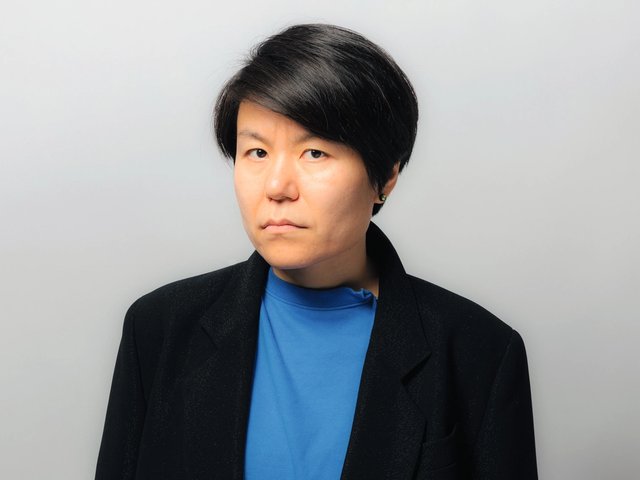A selection of Korea's most exciting contemporary artists have been selected for this year's Korean Artists Today, a long-term project which will see a cohort of artists chosen each year for their potential to make it on the global stage. See the full list here.
Research and process are at the core of Minouk Lim’s multidisciplinary practice. Her works cover a range of subjects and geographies, but all bring to light lesser known or discussed memories and histories. “I am interested in cultures and religions that have been shaped by moving from one place to another and also the disconnect of memories about them,” says Lim. “Korea is [divided]—divided by ideologies—and there is less freedom of movement, people and ideas. So I think these have always been the core questions in my practice.”
But Lim endeavours to avoid didacticism, and while her work often deals with social and political issues, she argues that it is not political. “I think when artists are thinking about the word ‘political’, we think about it from a different starting point. What is more important in my work than politics or nationalities and identities, is issues and thoughts about life and caring. This brings us back to our origins.”

Minouk Lim: Hyper Yellow (2024), an installation at Komagome SOKO, Tokyo © Minouk Lim, Courtesy of the artist
The process of creating is very fluid for Lim. In her studio is a central set of shelves that hold a startling array of objects—from a cuttlefish bone to a baby’s shoe—that act as points of inspiration. “When I look at this, I always have an urge to interpret them,” Lim says. “These things lead me to keep asking questions; I think of them as beings.” Working across media including music, video, installation, writing and performance, Lim says that she lets her works take on their own forms. “I do not aim to produce a concrete result, I focus more on the ritualistic aspect of making. Sometimes I try to discover a missing link, and to engage with a format or media that is related to it.”
One of the works Lim is currently working on is an ongoing series involving wooden walking sticks made by the Korean artist Eui Jin Chai, a survivor of a government-led massacre in 1949 which killed his family members. To help deal with the trauma Chai began making walking sticks and taxidermy. When he died in 2016 some of the thousands of sticks were donated to the Gwangju Biennale Foundation and some others were given to Lim, who had befriended him. “I am taking care of them, cleansing them, sometimes attaching squid bones onto them as if I am giving a new life to them, to prevent them from being still and remaining in solitude,” says Lim. “I am not doing the work out of some personal thoughts or as a researcher—I wanted to save the walking sticks from history with a capital ‘H’. I am asking instead: What is testimony? What is documentation? What is the difference between the personal and the public?”
• Minouk Lim’s work was included in the recent exhibition The Shape of Time: Korean Art after 1989 at Philadelphia Museum of Art, and has had solo shows at Tina Kim Gallery, New York, Buk-Seoul Museum of Art (SeMA), and at Asakusa, Tokyo. She has won prizes including the 2012 Korea Artist Prize and the 2007 Hermès Foundation Missulsang







